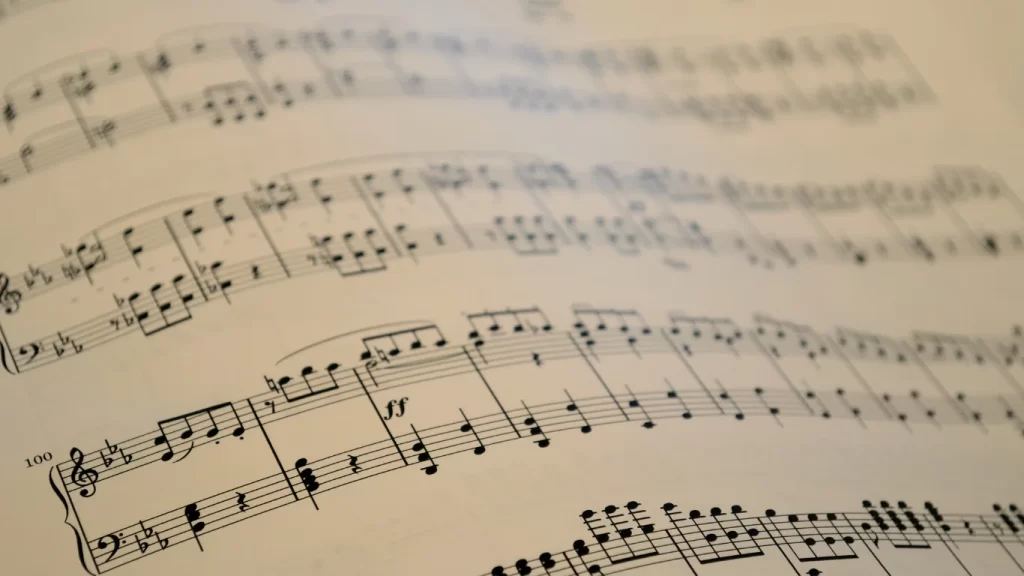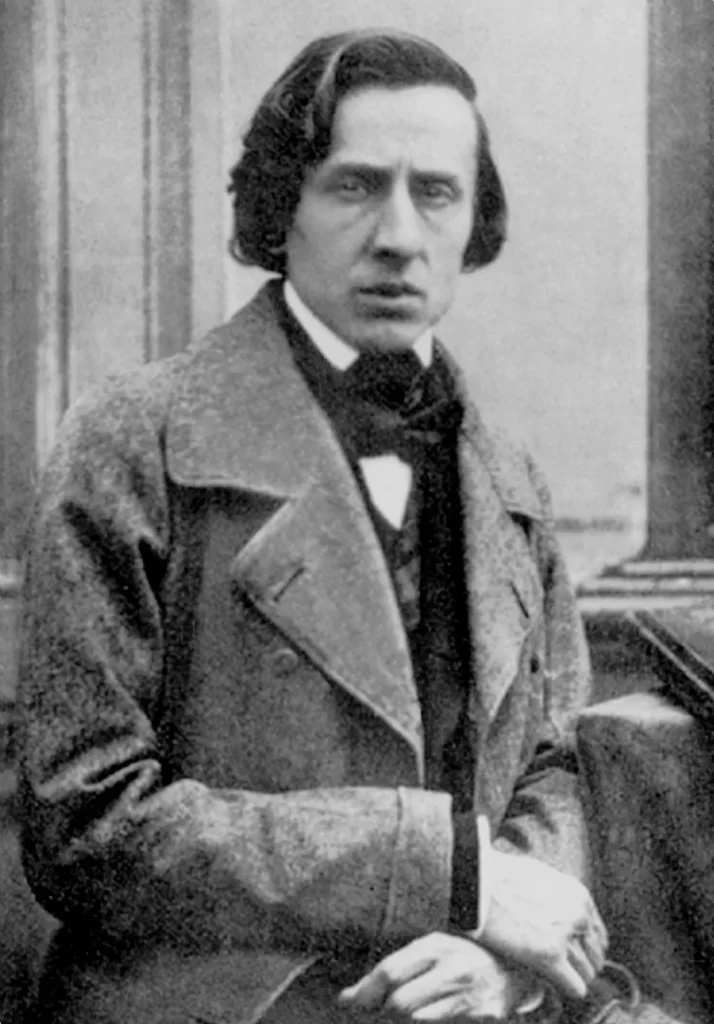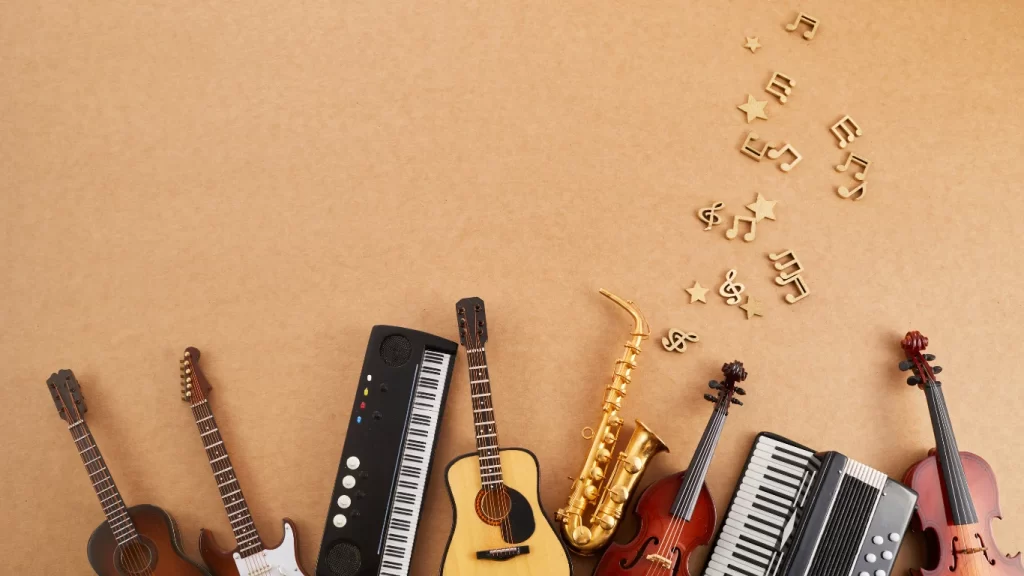The debate over classic vs modern music has been a long-standing conversation, sparking discussions among music enthusiasts of all ages. This discussion delves into the timeless appeal of classics, with their authentic instrumentals and deep lyrics, contrasting sharply with the relatable themes and innovative sounds of modern music. Exploring the distinctions and similarities between these two musical realms offers insights into what defines musical excellence, making it an intriguing subject for anyone passionate about songs from the past to the present day.
This article aims to dissect the historical context and evolution of music, highlighting the defining characteristics that set classic and modern music apart. An exploration of classics will delve into their complex compositions and emotional resonance. At the same time, a review of modern music will reveal how contemporary artists have incorporated ’80s music influences and other elements to create sounds that resonate with today’s listeners.
Related: Check out the most streamed music in today’s age here.
Classic vs Modern Music
Through a comparative analysis, this piece will carefully weigh classic vs modern music, considering aspects such as authenticity, relatability, and the role of instrumentals in shaping the listener’s experience. By offering this comprehensive overview, readers will foster a deeper appreciation for both musical styles and the intricate factors that contribute to their enduring appeal.
Historical Context and Evolution of Music

The shift from classical to modern music was a significant change in the world of music. In the 20th century, different types of music, like jazz, rock, and pop, started to become popular. This change happened because of new technology, which changed how music was made, shared, and enjoyed.
From Classical to Modern Times
In the early 1900s, opera and classical music were popular in the United States. However, by the late 1900s, pop and rock music had become more popular. This change started with the rise of jazz bands in the 1910s, led by famous musicians like Duke Ellington and Louis Armstrong. In the following years, big band music, rock ‘n’ roll, and later hip hop became more prominent, reflecting changes in society and technology.
Impact of Technological Changes
Advancements in music technology, such as digital audio workstations and online streaming platforms, have had a significant impact on music. They have made music production more accessible, allowing artists to create and share music on their own. Synthesizers and drum machines have expanded the possibilities for making music, and the internet has made it much easier for musicians from different parts of the world to work together, creating a more diverse musical landscape.
Characteristics of Classic Music
Classical music is known for its formal structure and intricate harmonies. It includes genres like symphony, concerto, sonata, opera, and chamber music. Famous composers such as Ludwig van Beethoven, Wolfgang Amadeus Mozart, and Johann Sebastian Bach have had a significant impact on this genre. They used traditional instruments like the piano, violin, and cello to create high-quality music.
Genres and Key Artists

Classic music includes a wide range of forms and styles, from dramatic operas to structured symphonies. Key artists such as Frédéric Chopin and Pyotr Ilyich Tchaikovsky have mastered these genres, each bringing their own unique style and adding to the rich tapestry of classic music.
Sound Quality and Instrumentation
Traditional instruments like the violin contribute to classical music’s clarity and emotional depth. Orchestral music relies on string instruments to achieve a pure and resonant sound, and each piece highlights the close connection between the musician and the instrument.
Lyricism and Themes
Classic music often explores complex emotions and philosophical themes, offering a narrative experience that is both profound and introspective. Composers use melody, harmony, and rhythm to weave intricate musical tales, often without the need for words, allowing the instrumental lyricism to speak directly to the listener’s heart. This emphasis on emotional expression and narrative depth is a hallmark of classic music, making it a powerful medium for storytelling.
Characteristics of Modern Music

Today’s music offers a wide variety of styles and genres, such as pop, rock, electronic, and hip-hop. This diversity lets artists try out different sounds and influences, creating unique musical identities. As a result, numerous sub-genres and subcultures have emerged, each with its own distinct characteristics.
Diversity of Genres and Artists
Today’s musicians are not confined to traditional genres; instead, they explore and innovate, resulting in a dynamic musical landscape. This diversity reflects a broad spectrum of cultural influences, making modern music a rich tapestry of global sounds.
Technological Influence on Sound
The use of technology in music production has transformed how songs are created, produced, and distributed. Digital technology allows for the creation of music using just a computer and specialized software, leading to the rise of genres like EDM and synth wave. This technological shift has made music production more accessible to aspiring artists, fostering a new era of musical creativity.
Lyricism and Themes
Modern music’s lyrics often reflect universal themes such as love, societal issues, and personal reflection, resonating deeply with audiences. Artists use lyrics to express complex emotions and narratives, making modern music a powerful medium for storytelling. This lyrical diversity allows listeners to see the world from different perspectives, adding depth and richness to the musical experience.
Comparative Analysis: Classic vs. Modern Music

Classical music is elegant and sophisticated, while modern music is energetic and emotionally straightforward. Classical music uses orchestras with many different instruments to create soothing sounds. Modern music uses electronic instruments like synthesizers and drum machines, allowing for a broader range of sounds and experimental capabilities.
Strengths and Weaknesses
Classical music is known for its intricate structures and high technical skill. It often builds tension and then releases it to create satisfying climaxes. This complexity can be intellectually stimulating but may not be easily understood by everyone. On the other hand, modern music has a simple verse-chorus structure, focusing on being relatable and emotionally impactful. This makes it easier for more people to enjoy, even though it may not have the same depth and lasting value as classical pieces.
Cultural Impact and Popularity
The timeless nature of classical music continues to resonate, maintaining relevance through the centuries. Though perceived as more educated and mature, its audience spans generations. Modern music, conversely, captures the essence of contemporary culture, reflecting societal values with rapid shifts in popularity. Its accessibility through media like streaming services has fostered a broader, younger audience base.
Influence on Future Music Trends
Classical music’s influence permeates modern genres, shaping melodic, harmonic, and rhythmic aspects. It provides a foundation for musical exploration and innovation, influencing everything from film scores to progressive rock and jazz. Conversely, the adaptability and cultural immediacy of modern music drive its evolution, continuously influencing and being influenced by global and technological changes. Both genres contribute uniquely to the musical landscape, shaping future trends and inspiring new generations of artists.
Conclusion
By exploring classic and modern music in depth, we’ve uncovered the unique and shared elements that define musical excellence across different periods. We’ve analyzed the historical evolution, characteristics, and impact of each genre, shedding light on the complex compositions and emotional depth of classic music, as well as the relatable themes and technological advancements that drive modern music. Our comparison not only highlighted the stark differences in sound and structure but also emphasized the common thread of storytelling and emotional expression. This demonstrates the significant influence both genres have on the cultural and musical landscape.
Upon reflecting on these insights, it’s evident that both classical and modern music have distinct places in the expression of human creativity, each making unique contributions to the evolution of music. Their continued influence on each other and on emerging genres emphasizes the dynamic interplay of tradition and innovation in shaping the future of music. This exploration of musical excellence leads us to a deeper appreciation for the various ways in which music connects us to our heritage, emotions, and each other. It serves as a poignant reminder of music’s enduring power to transcend time and space.
FAQs
How does classical and modern music differ?
Classical music and modern music are distinct genres that have developed unique characteristics over time. Classical music typically embodies elegance, sophistication, and a focus on intellectual engagement. In contrast, modern music is often marked by its vibrancy, straightforwardness, and emotional depth.
In what ways do traditional music and modern music differ?
Traditional music generally supports and reflects the culture and characteristics of the people within the area it originates from, often maintaining historical and societal elements. Modern music, on the other hand, frequently emphasizes the integration of technology and contemporary sounds.
What are the primary characteristics of classical music?
Classical music is primarily known for its simplicity, accessibility, contrasting moods, themes with variations, and ornamental details. These elements have notably influenced the evolution of modern music.
What distinguishes classical music from other musical genres?
Classical music is distinguished by its complexity, structured compositions, and frequent use of orchestral ensembles. Other musical genres might prioritize rhythm, lyrics, or improvisation, highlighting different musical elements.





